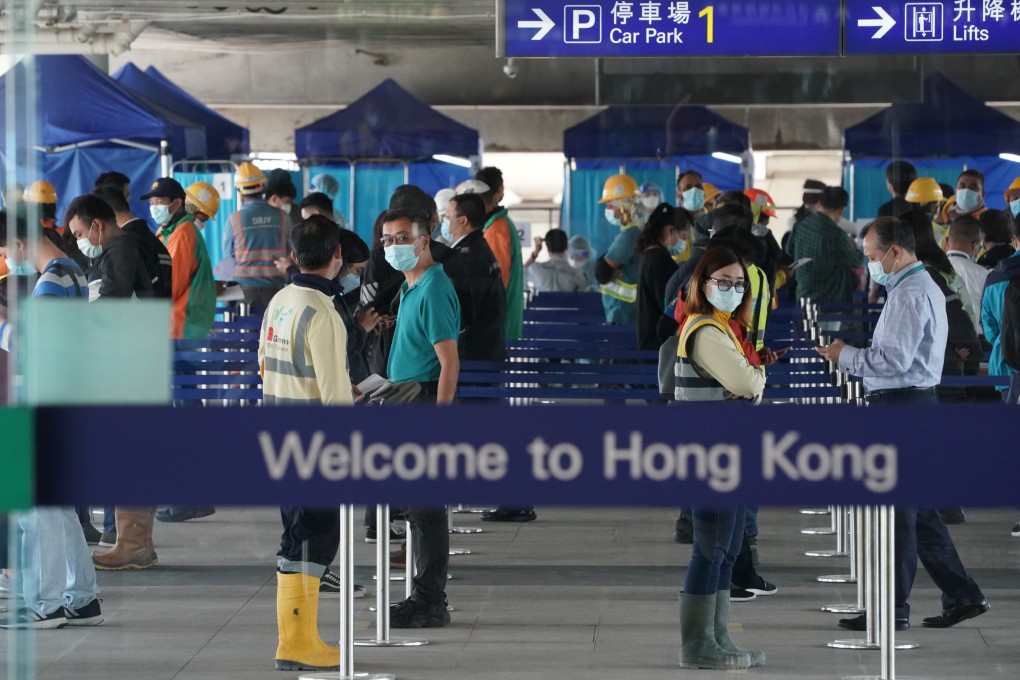Opinion | As people in uniforms blindly follow orders, Hong Kong is having the life slowly squeezed out of it
- Looking for the one open Cathay Pacific lounge at Hong Kong International Airport, writer Stephen McCarty encountered Hong Kong red tape at its worst
- Adhering to rules, no matter how ridiculous, is nothing new in the city, but it also encapsulates a Covid-19 policy with zero chance of success

Honestly, I do realise that there are bigger problems in the world. I acknowledge that being denied access to an airport lounge is, in the cliché du jour, a first-world problem. But the manner of that denial: another story.
Decades spent in Hong Kong taught me that its uniforms (particularly its traffic police) are not paid to think. Leaving Hong Kong International Airport recently, thoughts of that zombiefication returned.
Much had happened to Hong Kong in my almost three years away. But some things felt familiar, if worse. Heading towards the departure gate while looking for the single open Cathay Pacific lounge, I hit the point-of-no-return barrier some way into Terminal 1. Beyond, insisted the dead-eyed security guard, was the promised land/lounge, at Gate 65. Naturally, this turned out to be false – I’d already passed it, at Gate 1.
Some confused wanderings – and two Cathay staff behind a desk, in power-saving mode – later I was back in the purview of the gormless guard and two similarly lively colleagues. Nothing could be done, it was impossible to pass back through, it wasn’t allowed, that was the rule.

Why was it the rule? Because passengers had to be kept separate, in different zones, for fear of contaminating each other – even though, before reaching the barrier, they had been free to mingle. Which they might have done now – had there been any other passengers in sight.

